9/11
The New Security State 1
The New Security State 2
The “Liberation” of Iraq
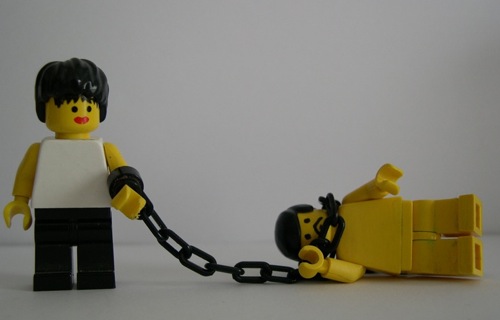
Abu Ghraib 1

Abu Ghraib 2
Abu Ghraib 3
Abu Ghraib 4
Guantanamo Bay
Extraordinary Rendition
Vice President Dick Cheney and Friend on a Hunting Trip
“We Got Him!”
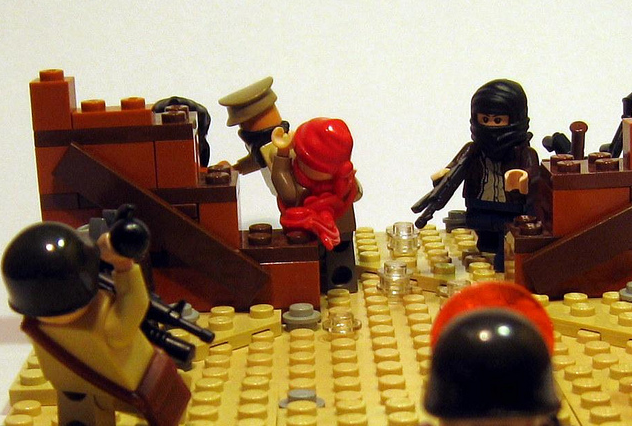
Searching for Bin Laden in Afghanistan
Finding Bin Laden
“Old Glory” Continues to Fly Proudly
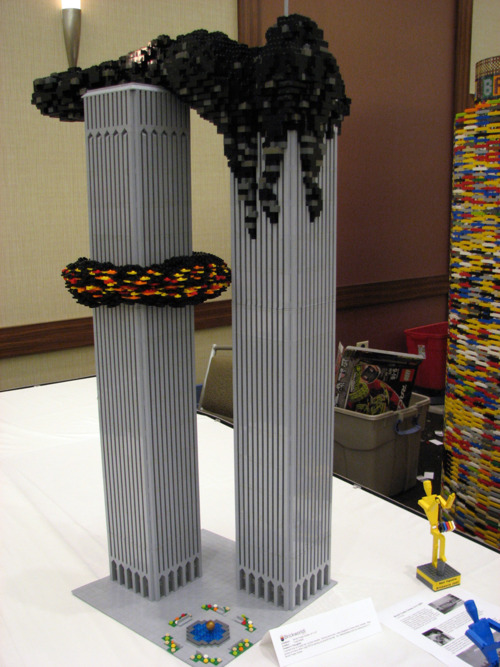
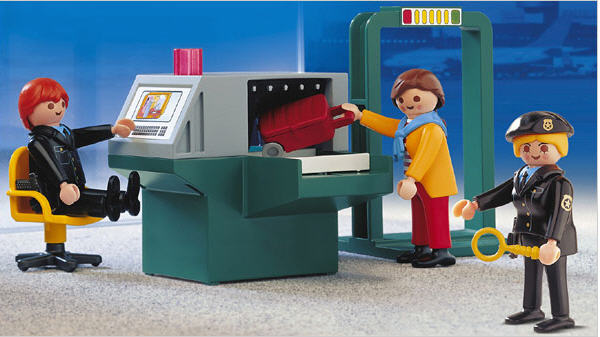
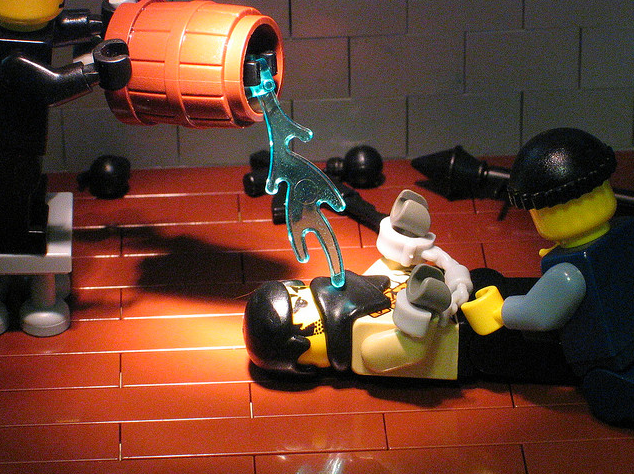
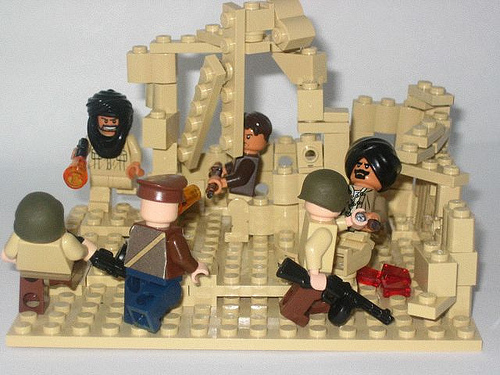
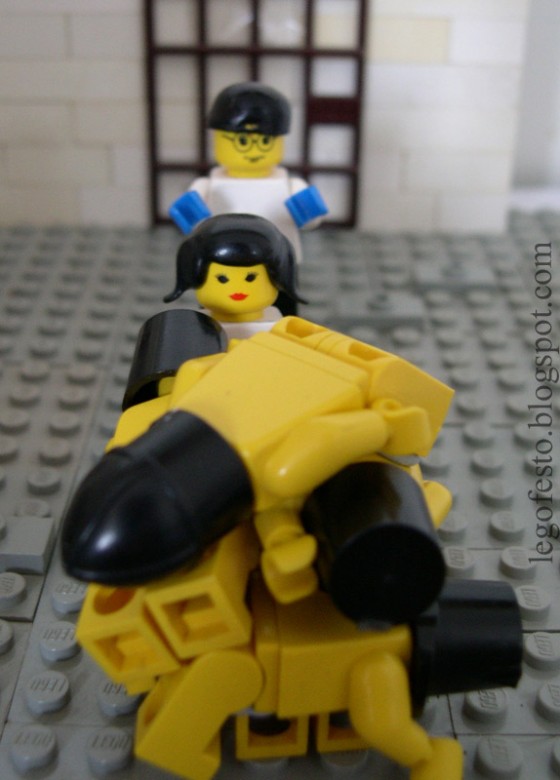
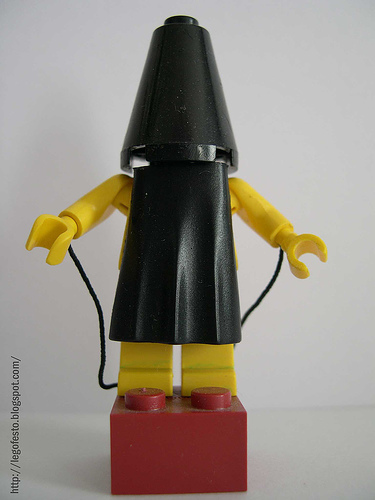
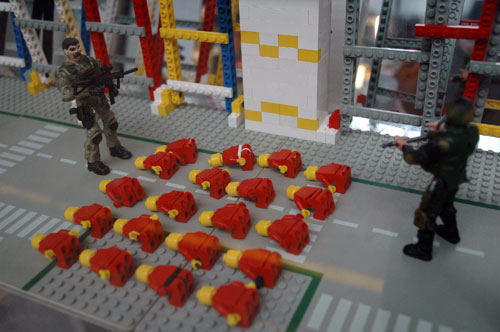
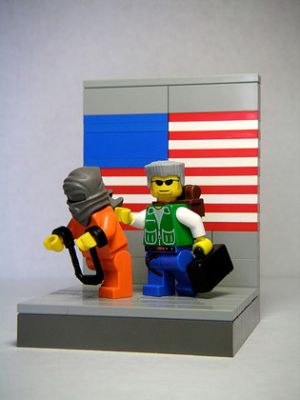

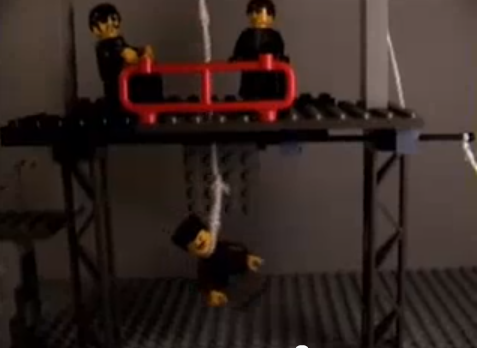
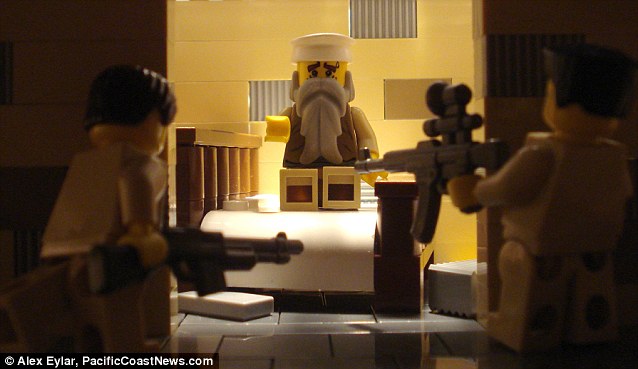
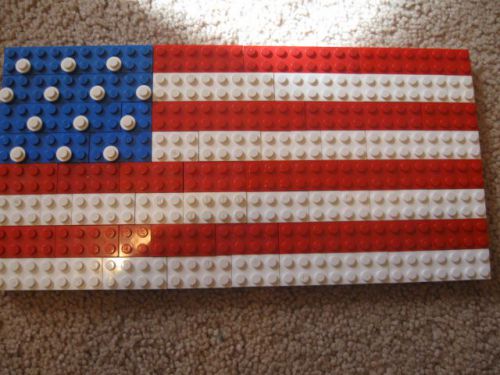
there is something about the child-friendly medium that makes these iconic moments feel less serious and, yet, i looked at each frame more than i might with some other retrospectives today. the two most obvious images missing are the mission accomplished moment and obama prematurely winning the nobel peace prize.
I spent hours trying to find a “mission accomplished” lego. It’s not there. I’m not sure why. As to the larger point: I think it is the sheer simplicity of it all over and against the media hype. But who knows.
We might also recognize the Lego brand as a symbol of “American” ingenuity: given a common pool of raw materials – the Lego building blocks – we celebrate those whose constructions demonstrate individual creativity. Making something out of nothing – or out of very little – has long been a prized accomplishment.
But we also love it when individual creativity mirrors the physical world we live in. While the Lego brand has long included a science-fiction or science-fantasy line of products, our biggest thrills are often reserved for those Lego constructions that best represent the ‘actual’ world. Lego cities, Lego history, and even the new Lego movie all speak to our appreciation for Lego-realism. The images in this post fit into that tradition, too.
One appeal these Lego images may have, then, relates to the way Lego offers us a simplified – though poignant – image of the world we live in. We might therefore ask to what extent these Lego constructions, in their reliance on visual signifiers unique to the post-9/11 narrative, demonstrate the degree to which societies understand their histories in visual terms. More to the point, in what ways has depiction of the 9/11 narrative – now ten years running – become increasingly communicable through simplistic, visual means? If it has, then I agree that the Mission Accomplished scene deserves its spot in the series…
[…] http://www.andrewlipson.com/escher/relativity.html […]